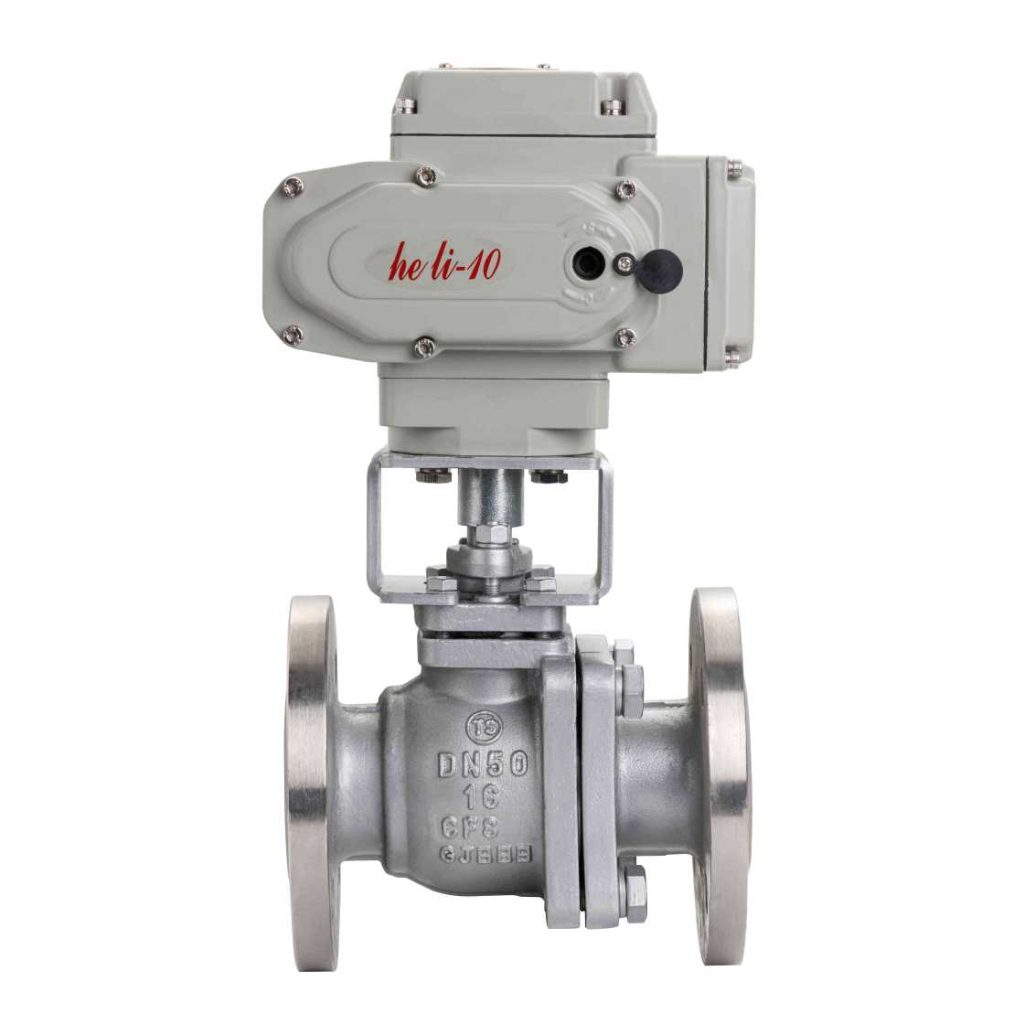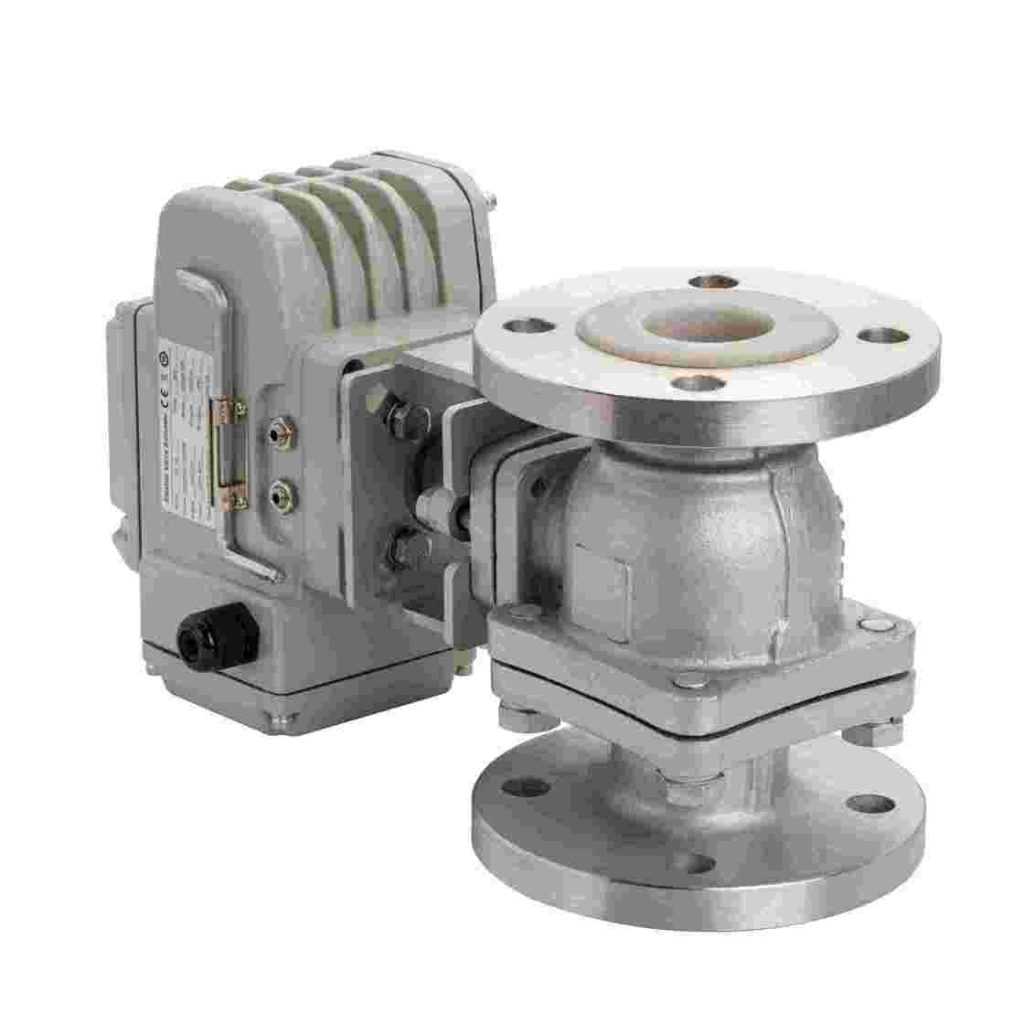Electric flange ball valves have emerged as a preferred choice for controlling fluid flow in various industries due to their robust design, precise control, and ease of automation. These valves integrate a ball valve mechanism with an electric actuator, allowing for remote operation and minimizing the need for manual intervention. In this article, we will explore the features, advantages, and applications of electric flange ball valves, demonstrating why they have become indispensable in modern industrial systems.

What is an Electric Flange Ball Valve?

An electric flange ball valve combines the functionality of a traditional ball valve with an electric actuator for automated control. The valve itself consists of a spherical ball with a hole through the middle, which controls the flow of fluid. When the valve is open, the hole aligns with the flow path, allowing fluid to pass through. When the valve is closed, the ball rotates to block the flow. The “flange” aspect refers to the valve’s design, which incorporates flanged ends that allow for easy attachment to pipes, providing a secure, leak-proof connection. The electric actuator is typically powered by electricity and uses motors or electric signals to turn the valve’s handle, offering precise control over the valve’s position.
